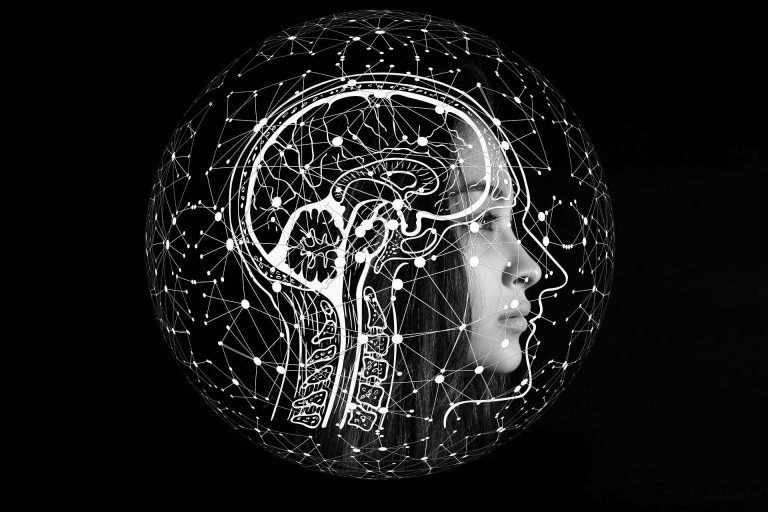In today’s digital era, traditional HR practices are evolving with the integration of advanced technologies, making processes more efficient and effective. Leveraging technology in HR not only streamlines administrative tasks but also enhances employee engagement and overall organizational performance. The digital revolution in HR is helping organizations to stay competitive and adapt to the rapidly changing business environment.
The use of digital tools in HR has become essential for managing the increasingly complex demands of the modern workforce. From recruitment and onboarding to performance management and employee engagement, technology plays a critical role in optimizing these processes.
This article explores how HR can leverage technology to improve efficiency.
1. Automating Recruitment and Onboarding
Automation has transformed the recruitment process, enhancing speed and efficiency. AI-powered applicant tracking systems (ATS) can handle numerous recruitment tasks, such as posting job advertisements, screening resumes, and scheduling interviews. These systems use algorithms to align candidates with job requirements, significantly reducing the manual workload for HR professionals. Additionally, automation promotes fairness and impartiality in the recruitment process, as AI evaluates candidates based on set criteria without human bias.
Onboarding is another critical HR process that benefits greatly from automation. Automated onboarding systems can manage the entire process, from sending offer letters to completing paperwork and training new hires. These systems ensure that new employees have a smooth transition into the company, providing them with all the necessary information and resources from day one. By automating recruitment and onboarding, HR departments can focus on strategic activities, such as talent management and employee development, rather than getting bogged down with administrative tasks.
2. Enterprise Integration for Seamless HR Operations
Enterprise integration is the practice of connecting business applications, data, clouds, processes, devices, and people across the whole IT landscape. This integration is crucial for creating a cohesive and efficient workflow within an organization. In HR, enterprise-wide integration enables seamless operations by ensuring that all HR systems and tools communicate effectively with each other. This connectivity improves data flow and accessibility, allowing HR professionals to access the information they need quickly and easily.
Integrating HR systems with other business applications, such as finance and project management tools, can significantly enhance operational efficiency. For example, integrating payroll systems with time-tracking software ensures that employee hours are accurately recorded and paid, reducing the risk of errors and discrepancies. Similarly, connecting performance management systems with learning and development platforms can help identify skill gaps and provide targeted training opportunities. Overall, it helps create a unified HR infrastructure that supports better decision-making and streamlined processes.
3. Data-Driven Decision-Making in HR
Data analytics is becoming increasingly important in HR for making informed decisions. By leveraging data, HR professionals can gain valuable insights into various aspects of the workforce, such as employee performance, turnover rates, and engagement levels. These insights can help identify trends, forecast future needs, and measure the effectiveness of HR initiatives. For instance, analyzing data on employee turnover can reveal patterns and root causes, allowing HR to implement targeted retention strategies.
Data-driven decision-making also enhances talent management. By using analytics, HR can assess the skills and competencies of the workforce and identify areas for development. This information can guide decisions on training and development programs, succession planning, and recruitment strategies. For example, performance data can highlight high-potential employees who may be suitable for leadership roles. All in all, data analytics enables HR to make strategic decisions that align with organizational goals and improve overall workforce effectiveness.
4. Enhancing Employee Experience with Digital Tools
Digital tools play a crucial role in enhancing the employee experience. Self-service portals, mobile apps, and virtual collaboration platforms provide employees with easy access to information and resources, fostering a more engaging and productive work environment. For instance, self-service portals allow employees to update their personal information, view pay stubs, and request time off without needing to contact HR directly. This convenience not only saves time for employees but also reduces the administrative burden on HR staff.
Virtual collaboration platforms and mobile apps enable employees to stay connected and collaborate effectively, regardless of their location. These tools are especially important in today’s remote and hybrid work environments. Likewise, they facilitate real-time communication and collaboration, while project management apps help teams stay organized and track progress. Implementing these digital tools can significantly improve employee satisfaction and productivity, creating a more dynamic and responsive workplace.
5. Leveraging Artificial Intelligence for HR Tasks
Artificial Intelligence (AI) is transforming various HR tasks, making them more efficient and effective. AI can automate repetitive tasks, such as candidate screening and employee feedback collection, freeing up HR professionals to focus on more strategic activities. For example, AI-powered chatbots can handle routine inquiries from employees, providing quick and accurate responses to questions about benefits, leave policies, and other HR-related topics. This not only improves efficiency but also enhances the employee experience by providing timely support. Statistics also show an impressive use of AI, as more than 88% of companies globally have incorporated AI technology into their HR processes, including recruitment.
AI also plays a significant role in enhancing HR decision-making processes. Machine learning algorithms can analyze vast amounts of data to identify patterns and provide predictive insights. For instance, AI can predict employee turnover by analyzing factors such as job satisfaction, engagement levels, and performance metrics. In turn, this allows HR to proactively address potential issues and implement strategies to retain top talent. Additionally, AI can personalize employee experiences by recommending training programs, career paths, and wellness initiatives based on individual needs and preferences.
6. Ensuring Data Security and Privacy
Data security and privacy are paramount in the digital era, especially for HR processes that involve sensitive employee information. Preventing data breaches and unauthorized access is vital for maintaining trust and adhering to regulatory requirements. HR departments need to adopt strong security measures, including encryption, access controls, and regular audits, to protect employee information. Complying with data protection laws, such as the General Data Protection Regulation (GDPR) and other relevant legislation, is essential to avoid legal and financial consequences.
HR professionals must stay vigilant about emerging security threats and continuously update their practices to mitigate risks. This includes conducting regular security assessments, providing training for employees on data protection best practices, and collaborating with IT departments to ensure a secure infrastructure. By prioritizing data security and privacy, HR can protect sensitive information and maintain the integrity of its digital operations, fostering a secure and trustworthy environment for employees.
Conclusion
Leveraging technology in HR is essential for optimizing processes and improving overall efficiency in the digital era. Data-driven decision-making allows HR professionals to gain valuable insights and make informed decisions that enhance workforce effectiveness. AI can automate routine tasks and provide predictive insights, while robust data security measures ensure the protection of sensitive employee information.
Guest writer.

























